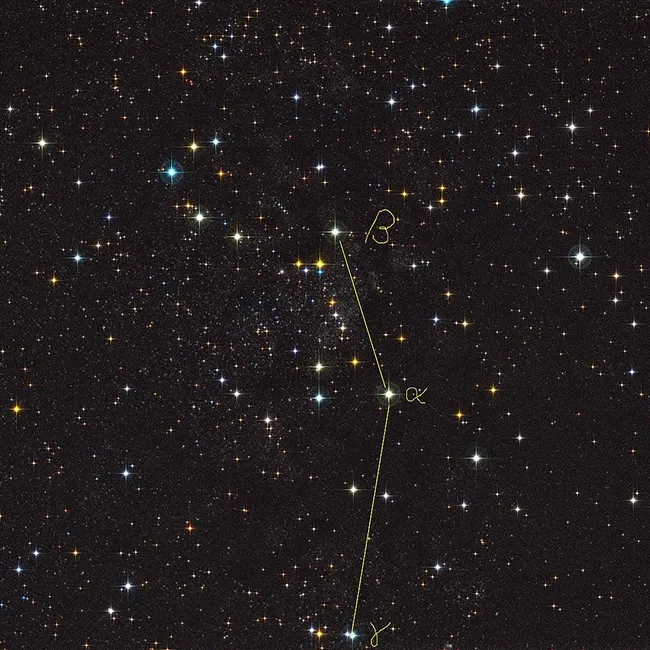
Scutum is a small but notable constellation in the southern sky. It was introduced by the Polish astronomer Johannes Hevelius in 1684, making it one of the newer constellations in the sky. The name "Scutum" means "shield" in Latin, specifically referring to the shield of King John III Sobieski of Poland, who won the Battle of Vienna in 1683.
Key Features
Scutum is the fifth smallest constellation, covering only about 109 square degrees. Despite its small size, it is home to several interesting deep-sky objects and stars. The constellation is located in a rich area of the Milky Way, making it a popular target for amateur astronomers interested in star clusters and nebulae.
Key features of Scutum include:
- Messier 11 (The Wild Duck Cluster): One of the richest and most compact open clusters in the sky, Messier 11 contains thousands of stars and is visible with binoculars or a small telescope.
- Messier 26: Another open cluster, though less dense than M11, it is still a rewarding target for observation.
- The Scutum Star Cloud: A dense star field that is part of the Milky Way, offering a stunning view through binoculars or a telescope.
Mythology
Unlike many other constellations, Scutum does not have a long history rooted in ancient mythology. Its creation was a tribute by Hevelius to honor King John III Sobieski and commemorate his military victory. Therefore, Scutum's mythology is more modern and tied to European history rather than ancient myths.
Notable Stars
Scutum does not have any particularly bright stars, but it does have some notable ones:
- Alpha Scuti: The brightest star in Scutum, though still relatively faint, with a magnitude of around 3.85. It is an orange giant located approximately 174 light-years from Earth.
- Beta Scuti: Another giant star, slightly dimmer than Alpha Scuti, with a magnitude of about 4.22. It is located roughly 690 light-years away.
Visibility
Scutum is best seen in the Northern Hemisphere during late summer and early autumn. It is located near the celestial equator, so it is visible from most parts of the world. The best months for viewing are July through September.
Tips for Observing
- Use Binoculars: Scutum is a small constellation with relatively faint stars, so using binoculars or a small telescope is recommended for better viewing.
- Look for Messier 11: The Wild Duck Cluster is a highlight of Scutum and is best observed under dark skies with a telescope.
- Find the Milky Way: Scutum lies in a rich star field of the Milky Way, so observing from a dark site away from city lights will enhance the experience.
